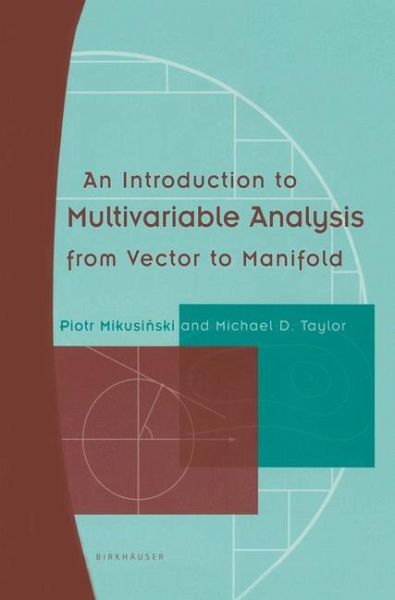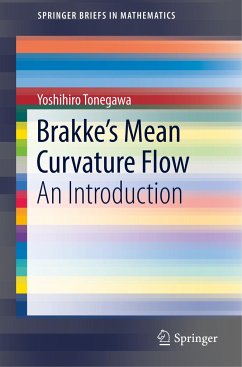
An Introduction to Multivariable Analysis from Vector to Manifold
Versandkostenfrei!
Versandfertig in 1-2 Wochen
62,99 €
inkl. MwSt.
Weitere Ausgaben:

PAYBACK Punkte
31 °P sammeln!
Endowing machines with a sense of vision has been a dream of scientists and engineers alike for over half a century. Only in the past decade, however, has the geometry of vision been understood to the point where this dream becomes attainable, thanks also to the remarkable progress in imaging and computing hardware. This book addresses a central problem in computer vision -- how to recover 3-D structure and motion from a collection of 2-D images -- using techniques drawn mainly from linear algebra and matrix theory. The stress is on developing a unified framework for studying the geometry of multiple images of a 3-D scene and reconstructing geometric models from those images. The book also covers relevant aspects of image formation, basic image processing, and feature extraction. The authors bridge the gap between theory and practice by providing step-by-step instructions for the implementation of working vision algorithms and systems. Written primarily as a textbook, the aim of this book is to give senior undergraduate and beginning graduate students in computer vision, robotics, and computer graphics a solid theoretical and algorithmic foundation for future research in this burgeoning field. It is entirely self-contained with necessary background material covered in the beginning chapters and appendices, and plenty of exercises, examples, and illustrations given throughout the text.
Multivariable analysis is an important subject for mathematicians, both pure and applied. Apart from mathematicians, we expect that physicists, mechanical engi neers, electrical engineers, systems engineers, mathematical biologists, mathemati cal economists, and statisticians engaged in multivariate analysis will find this book extremely useful. The material presented in this work is fundamental for studies in differential geometry and for analysis in N dimensions and on manifolds. It is also of interest to anyone working in the areas of general relativity, dynamical systems, fluid mechanics, electromagnetic phenomena, plasma dynamics, control theory, and optimization, to name only several. An earlier work entitled An Introduction to Analysis: from Number to Integral by Jan and Piotr Mikusinski was devoted to analyzing functions of a single variable. As indicated by the title, this present book concentrates on multivariable analysis and is completely self-contained. Our motivation and approach to this useful subject are discussed below. A careful study of analysis is difficult enough for the average student; that of multi variable analysis is an even greater challenge. Somehow the intuitions that served so well in dimension I grow weak, even useless, as one moves into the alien territory of dimension N. Worse yet, the very useful machinery of differential forms on manifolds presents particular difficulties; as one reviewer noted, it seems as though the more precisely one presents this machinery, the harder it is to understand.














